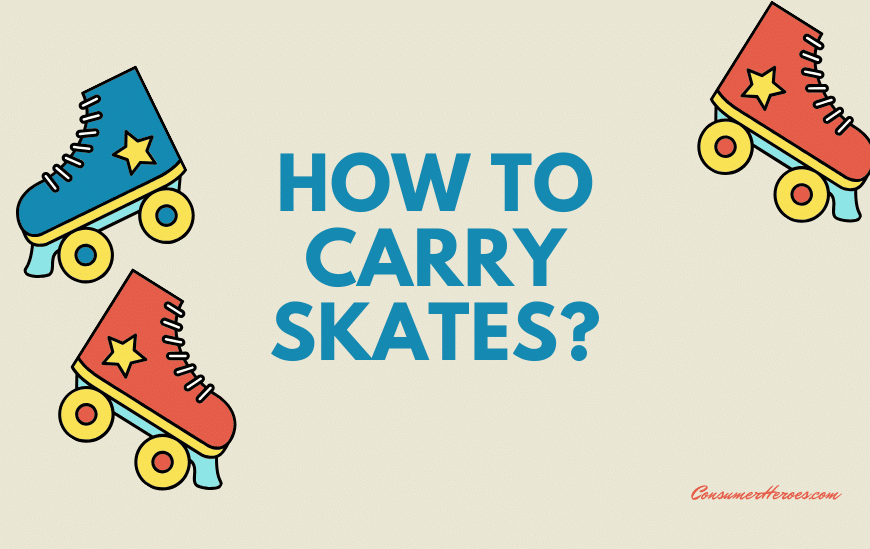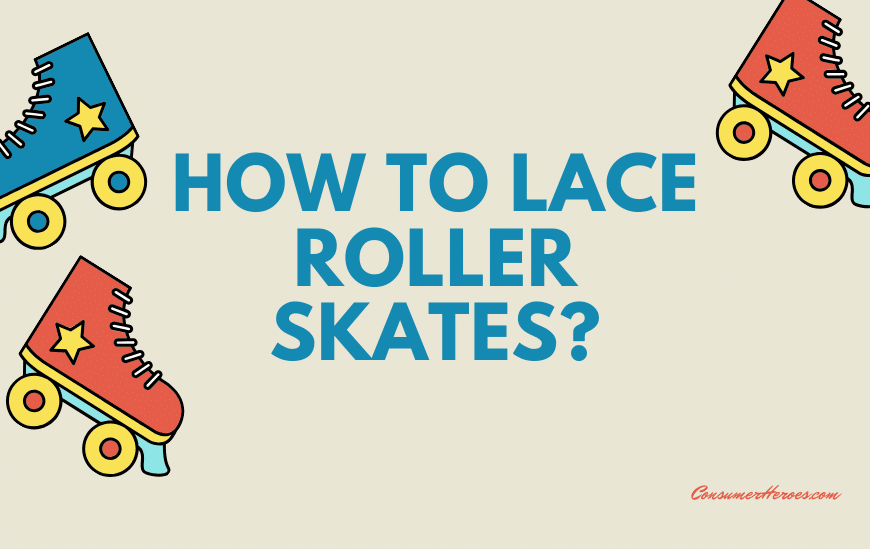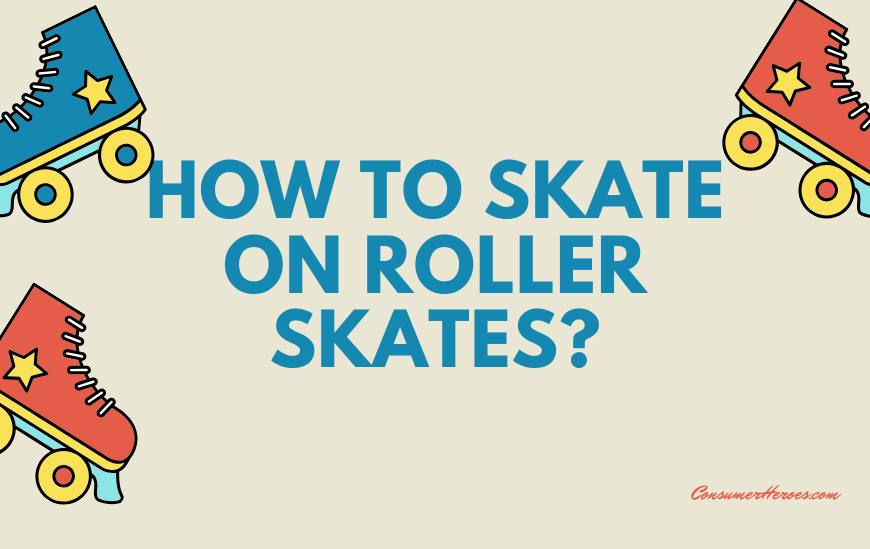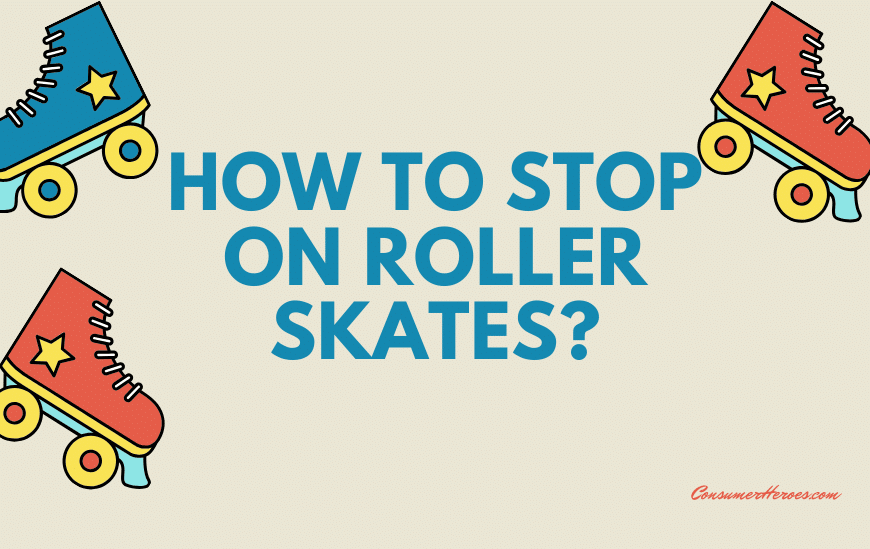When it comes to buying skates, one of the most important factors to consider is size. Wearing the wrong size skates can not only affect your performance on the ice, but it can also lead to discomfort and even injury. With so many different brands and styles of skates available, it can be difficult to determine what size to purchase. In this article, we will provide some helpful tips and guidelines to help you figure out what size skates you should get.
The first step in determining the right size skate is to measure your foot. This can be done at home using a ruler or tape measure. It is important to measure both feet, as they may not be exactly the same size. Once you have your measurements, you can refer to the sizing chart provided by the skate manufacturer. Keep in mind that different brands may have slightly different sizing charts, so it is important to check the chart for the specific brand and model of skate you are considering.
Another important factor to consider is the type of skating you will be doing. Figure skates and hockey skates, for example, have slightly different sizing requirements. Figure skates typically require a tighter fit, while hockey skates may allow for a bit more room. It is also important to consider the thickness of your socks and any other additional padding or inserts you may be using. By taking these factors into account, you can ensure that you are purchasing the right size skates for your needs.
Understanding Skate Sizes
When it comes to buying skates, understanding the sizing system is crucial to ensure a comfortable and safe fit. Skate sizes can vary depending on the brand and type of skate, so it’s important to take accurate measurements and refer to size charts before making a purchase.
Skate sizes are typically listed in either US or European sizes. US sizes are based on the length of the foot in inches, while European sizes are based on the length of the foot in centimeters. It’s important to note that skate sizes may differ from regular shoe sizes, so it’s always best to measure the foot and refer to the manufacturer’s size chart.
Some skates may also come in half sizes or have a width measurement, such as narrow or wide. It’s important to take these factors into consideration when selecting a size to ensure a proper fit.
It’s recommended to try on skates before purchasing them, if possible. This will give a better idea of how they fit and feel on the foot. It’s also important to consider the type of skating the skates will be used for, as different types of skates may have different sizing requirements.
Overall, taking accurate measurements and referring to size charts is key to finding the right size skates. It’s important to prioritize comfort and safety when selecting a size, and to not be afraid to try on multiple sizes or consult with a professional if needed.
Factors Influencing Skate Size
When it comes to choosing the right skate size, there are several factors to consider. Here are some of the most important factors that can influence skate size:
Foot Length
The length of the foot is the most important factor when it comes to selecting the right skate size. It’s essential to measure the foot accurately to ensure a proper fit. Skates that are too small can cause discomfort and pain, while skates that are too big can lead to blisters and reduced control.
Foot Width
In addition to foot length, foot width is also an important factor to consider. Skaters with wider feet may need to choose a skate with a wider boot or consider getting a custom fit. It’s important to make sure that the skate fits snugly around the entire foot, including the heel and ankle, to provide the necessary support and control.
Skater’s Age
The age of the skater can also influence skate size. Children and teenagers may need to choose a slightly larger size to accommodate for growth, while adults may prefer a more snug fit. It’s important to keep in mind that skates that are too big can lead to reduced control and increased risk of injury.
Skater’s Skill Level
Finally, the skater’s skill level can also play a role in selecting the right skate size. Beginner skaters may prefer a slightly larger size to provide more stability and balance, while advanced skaters may prefer a more snug fit for increased control and maneuverability.
Overall, choosing the right skate size is essential for comfort, control, and safety on the ice. By considering factors such as foot length, foot width, age, and skill level, skaters can find the perfect fit for their needs.
How to Measure Your Feet for Skates
Before buying skates, it is essential to measure your feet correctly to ensure a proper fit. Poorly fitting skates can lead to discomfort, blisters, and even injuries. Here are the steps to measure your feet accurately:
- Stand on a piece of paper and trace the outline of your foot with a pen or pencil. Ensure that you are standing straight and not leaning in any direction.
- Measure the distance between the two farthest points on the outline. This measurement is the length of your foot.
- Measure the width of your foot by placing the tape measure across the widest part of your foot. Be sure to measure both feet as one foot may be wider than the other.
- Check the sizing chart provided by the skate manufacturer to determine the appropriate size for your foot. Different brands may have slightly different sizing, so it is essential to check the manufacturer’s sizing chart.
- If you are in between sizes, it is recommended to choose the larger size for a more comfortable fit. It is easier to add extra padding to a slightly larger skate than to stretch a smaller one.
By following these steps, you can ensure that you purchase the right size skates for your feet. It is crucial to have properly fitting skates for a comfortable and safe skating experience.
Difference Between Men’s and Women’s Skates
When it comes to choosing the right size of skates, it is important to note that there are differences between men’s and women’s skates. These differences are not just in terms of design and color but also in terms of fit and sizing. Here are some of the key differences to keep in mind:
Sizing
Men’s skates are typically wider and larger than women’s skates. This is because men tend to have larger and wider feet than women. As a result, men’s skates are usually available in larger sizes than women’s skates. Women’s skates, on the other hand, tend to be narrower and smaller in size.
Design
The design of men’s and women’s skates is also different. Men’s skates tend to have a wider ankle area and a higher cuff to provide more support for the foot and ankle. Women’s skates, on the other hand, have a narrower ankle area and a lower cuff to fit the shape of a woman’s foot.
Color
Another obvious difference between men’s and women’s skates is color. Men’s skates tend to be more neutral in color, such as black, gray, or white. Women’s skates, on the other hand, tend to be more colorful and vibrant, with options like pink, purple, or teal.
Fit
When it comes to fit, men’s skates tend to be more forgiving and have a wider range of adjustment. This is because men’s feet tend to be wider and more varied in shape. Women’s skates, on the other hand, have a more specific fit and may not be as adjustable. It is important to try on both men’s and women’s skates to see which one fits best.
Overall, when choosing between men’s and women’s skates, it is important to consider the differences in sizing, design, color, and fit. By keeping these factors in mind, you can choose the right skate that will provide the best fit and support for your feet.
Difference Between Children’s and Adult’s Skates
When it comes to purchasing ice skates, it is important to consider the age and skill level of the skater. Children’s skates and adult skates differ in various ways, including size, weight, and support.
Size
The most obvious difference between children’s and adult’s skates is the size. Children’s skates are smaller, usually ranging from a child’s size 6 to a youth size 3. Adult skates, on the other hand, typically start at a women’s size 4 or men’s size 5.5.
Weight
Children’s skates are generally lighter in weight than adult skates. This is because children have less body weight and strength to support themselves on the ice. Lighter skates can make it easier for children to learn to skate and perform basic movements.
Support
Adult skates tend to provide more support than children’s skates. This is because adult skaters have more body weight and strength, which puts more pressure on their feet and ankles. Adult skates often have stiffer boots, which provide more stability and support for advanced skating maneuvers.
In summary, when choosing between children’s and adult’s skates, it is important to consider the size, weight, and support needed for the skater’s age and skill level. Children’s skates are generally smaller and lighter, while adult skates provide more support.
Skate Size Conversion Charts
Skate size conversion charts are essential when purchasing skates, especially if you are purchasing skates from a different country. The sizing system varies from country to country, so it is important to ensure that you are purchasing the correct size.
The following are some of the most common skate size conversion charts:
US to EU Skate Size Conversion Chart
| US Size | EU Size |
|---|---|
| 5 | 37 |
| 6 | 38 |
| 7 | 39 |
| 8 | 41 |
| 9 | 42 |
| 10 | 43 |
| 11 | 44 |
| 12 | 45 |
| 13 | 47 |
EU to US Skate Size Conversion Chart
| EU Size | US Size |
|---|---|
| 37 | 5 |
| 38 | 6 |
| 39 | 7 |
| 41 | 8 |
| 42 | 9 |
| 43 | 10 |
| 44 | 11 |
| 45 | 12 |
| 47 | 13 |
It is important to note that these conversion charts are not always accurate, and it is recommended to try on skates before purchasing them to ensure the correct fit. Additionally, different brands may have slightly different sizing systems, so it is important to consult the brand’s specific size chart when purchasing their skates.
Common Mistakes When Choosing Skate Size
When it comes to choosing the right size of skates, there are a few common mistakes that people make. Here are some of them:
Relying on Shoe Size
One of the most common mistakes is to assume that skate size is the same as shoe size. This is not always the case, as skate sizes can vary depending on the brand and model. It is important to measure your feet and compare them to the manufacturer’s sizing chart to ensure a proper fit.
Choosing a Size Too Big
Some people may think that choosing a larger size will give them more room and make the skates more comfortable. However, this can actually lead to a lack of control and stability on the ice. Skates should fit snugly to provide support and allow for proper maneuverability.
Choosing a Size Too Small
On the other hand, choosing a size that is too small can cause discomfort and even injury. It can lead to blisters, calluses, and even damage to the toes and toenails. It is important to choose a size that allows for a comfortable fit without being too tight.
Not Considering Foot Width
Another mistake that people make is not considering the width of their feet. Some skates are designed for narrow feet, while others are designed for wider feet. It is important to choose a skate that fits the width of your foot to ensure proper support and comfort.
Not Trying Them On
Finally, one of the biggest mistakes is not trying on the skates before purchasing them. It is important to try on different sizes and models to find the best fit for your foot. This will ensure that you have a comfortable and supportive pair of skates that will allow you to enjoy your time on the ice.
How Should Skates Fit
When it comes to buying skates, it is essential to get the right fit. Proper fitting skates will not only improve your performance but also prevent injuries. Here are some tips on how skates should fit:
1. Snug but not Tight
Skates should fit snugly around the foot and ankle, but not so tight that they cause pain or discomfort. A snug fit ensures that the foot is held securely in place, preventing it from sliding around inside the skate. However, if the skate is too tight, it can cause pressure points, blisters, and other foot problems.
2. Check the Length
The length of the skate should be such that the toes are just touching the end of the boot when the skater is standing upright. However, when the skater bends their knees, the toes should pull back slightly, giving them some wiggle room. If the toes are jammed against the end of the skate, it can cause pain and discomfort.
3. Consider the Width
The width of the skate is also important. Skates that are too narrow can cause the foot to cramp, while those that are too wide can cause the foot to slide around inside the skate. It is essential to find a skate that matches the width of the foot.
4. Check for Heel Lift
When the skater is standing, there should be no heel lift. The heel should be securely held in place by the skate. However, if the skater lifts their heel slightly, there should be some movement. If the heel is lifting too much, it can cause blisters and other foot problems.
By following these tips, skaters can ensure that they get the right fit for their skates. A properly fitting skate will not only improve their performance but also prevent injuries.
Adjusting to New Skates
When getting a new pair of skates, it is important to take the time to adjust to them properly. Even if the new skates are the same size as the old ones, there may be differences in fit and feel that require some getting used to. Here are some tips for adjusting to new skates:
Wear Them Around the House
It is a good idea to wear new skates around the house for a few hours before hitting the ice. This will allow the skater to get used to the feel of the skates and identify any areas of discomfort. If there are any pressure points or areas that rub, they can be addressed before skating, avoiding blisters or other injuries.
Start Slowly
When first skating in new skates, it is important to take it slow. Start with some basic skating drills and gradually work up to more advanced maneuvers. This will allow the skater to get used to the feel of the skates and build confidence in their ability to control them.
Adjust the Laces
Proper lacing is important for getting a good fit in new skates. Make sure the laces are tight enough to provide support but not so tight that they cut off circulation. Adjust the laces as needed during the first few skating sessions to find the perfect fit.
Consider Insoles
If the new skates still feel uncomfortable after a few skating sessions, consider adding insoles to provide extra cushioning and support. This can help alleviate pressure points and make the skates more comfortable to wear.
Be Patient
Adjusting to new skates can take time. Don’t get discouraged if the first few skating sessions feel awkward or uncomfortable. With patience and persistence, the skater will soon become accustomed to the new skates and be able to skate with confidence and ease.
Conclusion
Choosing the right size of skates is essential for a comfortable and safe skating experience. It is important to consider factors such as foot size, skating level, and intended use when selecting skates.
One should always measure their foot size accurately before purchasing skates. It is recommended to try on skates with the same thickness of socks that will be worn while skating. Skates should fit snugly but not be too tight, as this can lead to discomfort and even injury.
Beginner skaters may prefer softer boots that offer more flexibility, while more experienced skaters may prefer stiffer boots that provide more support and control. The type of skating one plans to do also plays a role in selecting the appropriate skates.
It is important to keep in mind that skate sizing can vary between different brands and models, so it is always a good idea to try on multiple pairs and consult with a professional if needed. With the right size and fit, skaters can enjoy a comfortable and safe skating experience.







